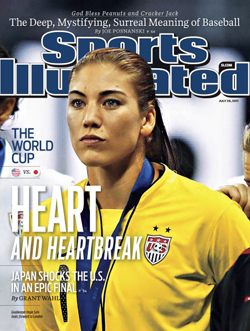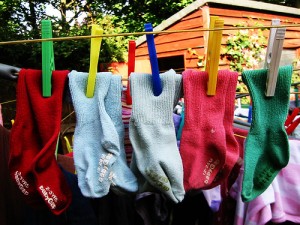
Although its catchy advertisement went viral, Goldiblox, the new toys encouraging girls’ interest in engineering, has been more discouraging than disruptive to some. Debbie Sterling, engineer and founder of Goldiblox, may have a refreshing aim – to increase girls’ interest in STEM by introducing them to engineering fundamentals at a young age – but why does the toy’s narrative have to be centered around beauty pageants? And why so many pink ribbons?
In an article for Al Jazeera, sociologist Lisa Wade of Soc Images explains that, because “toys are among the most heteronormative things in America,” we probably won’t be seeing one that rejects gender stereotypes altogether any time soon.
“The idea started in the ’70s that the way we should liberate women is to get them into guys’ stuff,” she said. “There’s nothing about this toy that breaks with what we tell girls to do in this country every day: model what boys do, but not break with femininity.”
Though Goldiblox supposedly addresses gender disparities in engineering programs, assuming that girls need a princess-centric toy to get them building, as opposed to good ol’ non-gendered building blocks, is not radical.








